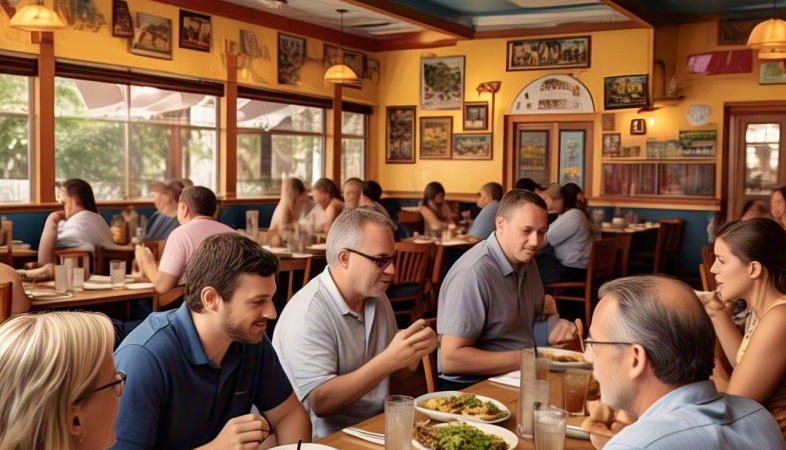Smart Tables: How AI-Powered Surfaces Are Changing Dining Experiences
From digital menus to personalized recommendations, these high-tech tables are redefining how customers engage with their meals.
The future of dining is here, and it's interactive. Smart
tables—AI-powered surfaces embedded with technology—are transforming the way
people experience restaurants, merging convenience with entertainment and
efficiency. From digital menus to personalized recommendations, these high-tech
tables are redefining how customers engage with their meals.
One of the biggest innovations in smart tables is touch-sensitive surfaces that allow diners to browse menus, place orders, and even customize their meals with a few taps. Gone are the days of waiting for a server—AI-driven systems can take orders instantly, reducing wait times and improving service efficiency. Some smart tables even use facial recognition or guest profiles to suggest dishes based on past preferences, dietary restrictions, or trending items.
Beyond ordering, these tables provide immersive entertainment. Some upscale restaurants integrate augmented reality (AR) to project visuals onto the table, showing animations of how a dish is prepared or giving customers a virtual tour of the ingredients’ origins. Gamification features also allow guests to play interactive games or engage in quizzes while waiting for their food, enhancing the overall dining experience.
Smart tables also enhance restaurant operations by optimizing table turnover and staff efficiency. AI algorithms track dining patterns, alerting servers when guests are ready for the next course or if a table needs cleaning. Additionally, integrated payment systems enable seamless, contactless transactions, allowing diners to split bills, tip, and check out without the hassle of waiting.
For restaurant owners, smart tables provide valuable data insights. Heat maps can show which menu items are most popular, AI can analyze customer behavior to refine marketing strategies, and predictive analytics can help optimize inventory.
While smart tables offer futuristic convenience, they also raise concerns about privacy and digital security. Restaurants must ensure that customer data is protected, and the technology should enhance—not replace—the warmth of human hospitality.
As more restaurants adopt AI-powered surfaces, the dining experience will continue evolving, blending technology with tradition. Smart tables are not just a novelty; they are shaping the future of how we eat, interact, and enjoy meals in an increasingly digital world.
.png)





























